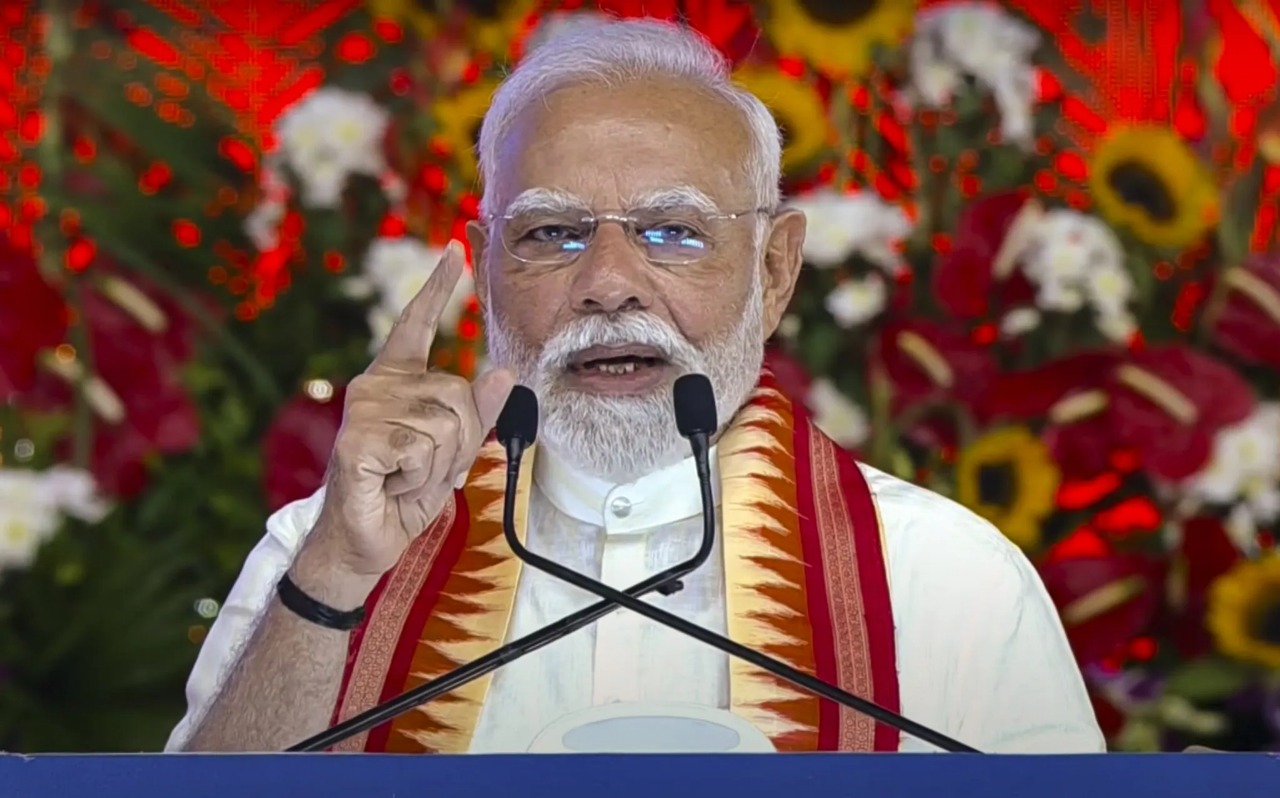
Follow WOWNEWS 24x7 on:

In today’s fast-paced, information-saturated world, retaining everything we learn can be a daunting challenge. The feeling of grasping fascinating knowledge, only to forget it moments later, is all too common. This experience—called lethomanthia—affects countless learners who struggle to convert information into lasting memory. Psychiatrist and neuroscientist Lain McGilchrist offers a compelling solution: the Nexus Method. This innovative technique harnesses the brain’s natural ability to form connections and provides a structured way to organize, internalize, and retain information effectively.
Key Highlights To Enhance Memory With The Nexus Method
The Nexus Method centers around creating theme cards and clustering related ideas to build a connected knowledge framework.
It uses cognitive offloading by externalizing concepts onto physical or digital cards, reducing mental overload.
The method mirrors how the brain naturally forms cognitive maps, making it easier to see relationships and recall information.
Research and personal insights enrich each theme, deepening understanding and memory retention.
Practical application includes grouping knowledge, making cross-connections, and visualizing nexus points to enhance learning.
Understanding The Challenge Of Forgetting
Many have experienced finishing a book, podcast, or lecture only to find the key points slip away soon after. This disconnect, lethomanthia, results from passive consumption and lack of structured recall mechanisms. The Nexus Method combats this by turning passive input into active cognitive engagement. Instead of trying to memorize disconnected facts, learners create an interconnected web of knowledge that reflects natural brain function.
Step 1: Building Theme Cards To Organize Knowledge
The first step is to identify core themes or central ideas from any source of learning. Each theme is written on a separate card or digital note. By giving each theme its own space, these cards become anchors around which facts, insights, and research are grouped. This process transforms fragmented information into a meaningful landscape, making recall easier and learning more active.
Step 2: Conducting Research To Deepen Themes
After themes are identified, the next phase involves diving deeper through research—reading, watching tutorials, or listening to relevant podcasts. This active collection of data fills the theme cards with rich content, helping learners build a robust understanding. Adding personal reflections and connections drives the knowledge from mere facts to integrated wisdom.
Step 3: Creating Nexus Points For Cognitive Connections
Lain McGilchrist practiced physically laying out 70 theme cards and clustering them to find common threads and overlaps. These nexus points act as cognitive hubs linking different themes, much like roadmaps in the brain’s hippocampus. This spatial arrangement helps reveal hidden patterns, allows multi-dimensional understanding, and highlights insights that standalone facts miss.
Scientific Backing: Why The Nexus Method Works
The method works due to two well-documented psychological phenomena. First, cognitive offloading reduces working memory load by externalizing information, giving the brain more capacity for problem-solving. Second, it aligns with the brain’s natural tendency to create cognitive maps, facilitating pattern recognition and long-term retention. By mimicking these processes, the Nexus Method makes learning feel less effortful and more intuitive.
Applying The Nexus Method In Everyday Learning
This method can be adapted to any kind of information—from academic subjects to professional skills. Learners can use physical index cards, sticky notes, or digital tools like note-taking apps. The key is regular interaction, moving, and revising cards to continually refine the connections. This active engagement turns studying into an exploratory process that strengthens memory pathways.
The Nexus Method transforms how knowledge is grasped and remembered by encouraging interaction, reflection, and connectivity. In an era overwhelmed by data, this approach helps learners build their own personalized, interconnected mental library—making forgetting far less frequent and understanding much deeper.
Sources: Times of India, Big Think, Wordpandit





